20 years of Château La Conseillante
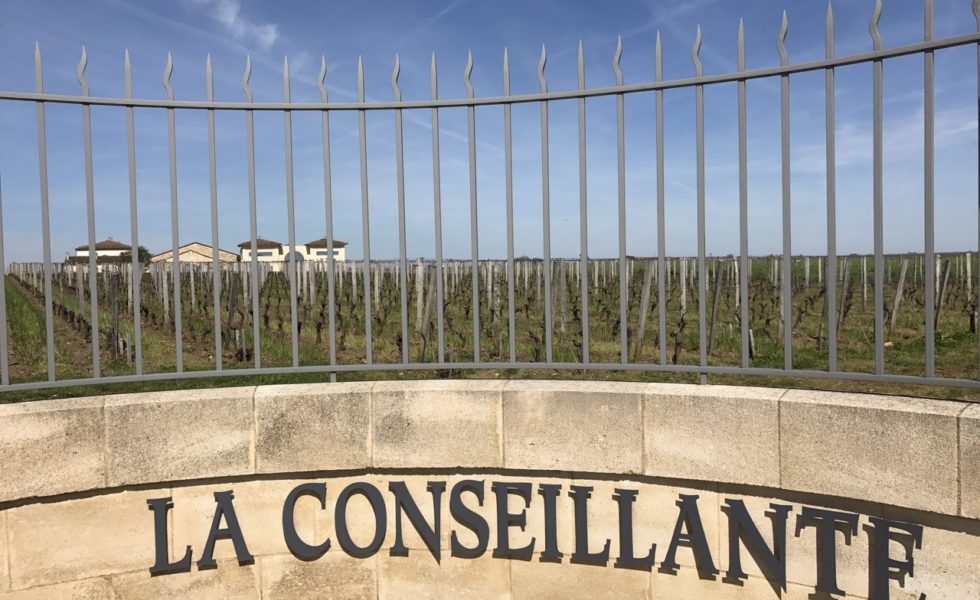
A great vertical, a great Pomerol
10 January 2018
By Panos Kakaviatos for wine-chronicles.com
Driving west past Château Cheval Blanc at the edge of Saint Emilion, you come across a series of superb Pomerol estates with prime vineyard real estate: Vieux Château Certan, Evangile, Petrus and La Conseillante, among others. They count among the very best Merlot-driven wines of Bordeaux from the famous Pomerol appellation, if not for the entire wine world.
I taste Pomerol on location with fellow wine hacks, on at least a yearly basis, so I was nothing short of thrilled to have been invited late last year to taste 20 vintages of La Conseillante.
The Nicolas family bought the estate in 1871 and it remains with the same family to this day. Somewhat unusual for Bordeaux is the fact that its just over 12 hectares of vineyards (over 30 acres) have remained unchanged since the early 18th century (with the exception of a nearly one-third hectare parcel, purchased in 2014).
The fifth generation manages the estate today, with Bertrand Nicolas and Jean-Valmy Nicolas as joint managing directors. Marielle Cazaux, who has been estate manager since July 2015, welcomed us for the tasting, which was followed by lunch with Bertrand Nicolas.
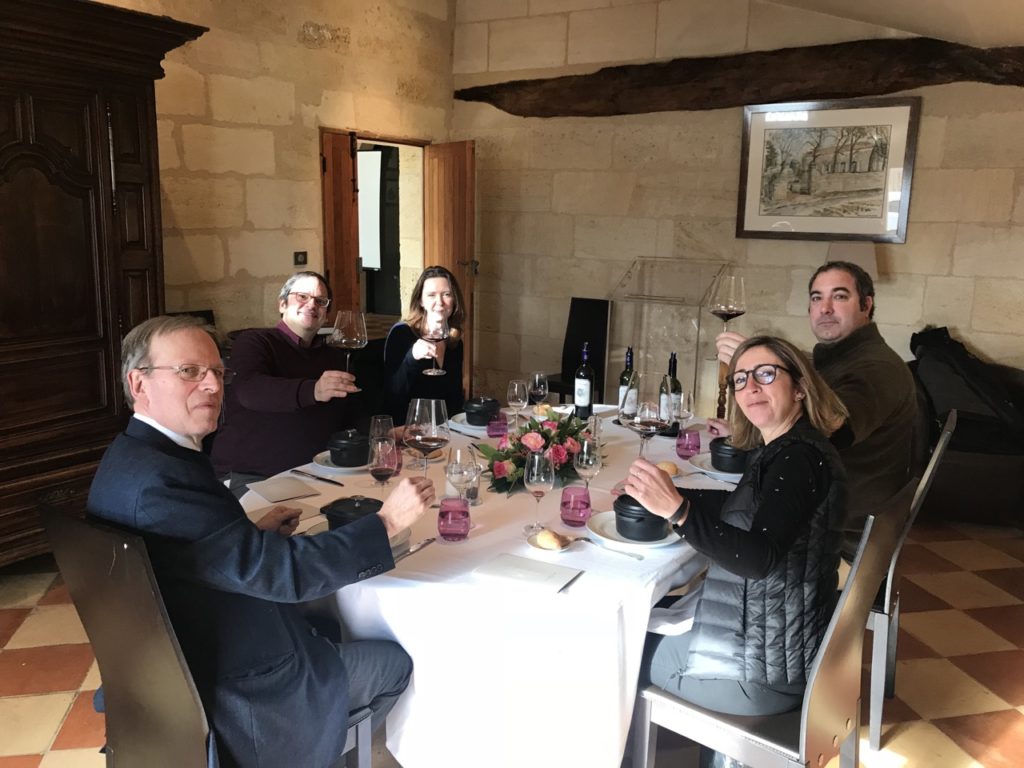
Lunch at La Conseillante. From left to right, Jane Anson, myself, Betrand Nicolas, Marielle Cazaux and Yohan Castaing.
I first discovered La Conseillante back in the early 2000s, about the time when Jean-Michel Laporte arrived as general manager. He steered the estate into positive directions, overseeing for example the creation of a second wine in 2007 and a new cellar space in 2012, before moving on to other work in 2014.
Cazaux, who welcomed Jane Anson and myself to a splendid vertical of 20 vintages on 1 December (a great way to start the month), stresses team spirit at Pomerol, which – as most readers know – has no official classification. Indeed, La Conseillante is an active member both of the UGCB and a grouping of nine Pomerol estates, aptly called Pomerol Séduction. Prices of these estates range from about $40 per bottle to over $200. So rest assured that not all of the 150 or so estates packed into tiny Pomerol necessarily cost an arm and a leg.
Of course, not all Pomerol is created equal, and La Conseillante counts among the divas from the appellation: the estate’s terroir has been celebrated at least since the 19th century as top notch, even though Pomerol itself was long considered officially as part of Saint Emilion. It was not considered a separate entity until only early in the 20th century.
But like other top estates, La Conseillante does not sit on its laurels. The team is always trying to make the wines as great as they can be. Whether creating a second wine starting in the 2007 vintage, or building a new vat cellar in 2012 (photo above), which enables separate vinification of each of the vineyard’s plots.
Terroir
Soils are mostly clay with some gravel, under which there is a sub-soil containing iron deposits (crasse de fer). Indeed, the soils include deposits of the blue clay, which makes Pomerol super star Petrus so famous.
A temperate oceanic climate to be sure, but Pomerol also benefits from a microclimate (due to the streams within the appellation) that leads to drier weather than in, for example, Saint Emilion. A combination of remarkably long periods of sunshine with “favorable” rainfall creates conditions for optimal vine growth.
Some 80% of the vineyard is made up Merlot, which of course brings roundness, fullness and smoothness to the wines. The remaining 20%, which grows mainly on gravel soils, is Cabernet Franc, which contributes freshness and structure to the blend.
Harvest
Harvesting is manual and staff are careful to maintain a balance between freshness and ripeness. The estate never succumbed to the not-too- distant-in-the-past Right Bank fad of picking overripe grapes and then oaking them to death. A first sorting of the fruit is done in the vines as the bunches are being picked. The grapes are then delivered to the cellars in small crates, so as not to damage the fruit. The position of the cellars, right in the middle of the vineyard, means that transfer time is reduced and oxidation avoided.
The state-of-the-art harvest reception facility, introduced when the new vat cellar was put into operation in 2012, is made up of a line of four sorting tables together with a bunch de-stemmer that allows the gentle separation of berries from stems.
Aging
The percentage of new oak varies at La Conseillante according to vintage, but tends to be between 70% and 80%. Barrels are sourced from several coopers so as to avoid any one type of oak dominating aromas and to enhance complexity. On average, the wine stays in barrel for 18 months. At the end of January or beginning of February, the first racking, using a traditional bellow pump, is carried out to eliminate the solid particles that have formed deposits in the barrels. The wines are then racked again, according to oxygen requirements of the wine.
The wines are later fined with whisked egg whites at the end of the ageing period, using two or three whites per barrel. This fining, the length of time spent in barrels and the racking make the wines clear, making filtering unnecessary. Barrels are then tasted one by one and then blended to achieve the best possible balance.
A general medical practitioner in Libourne, Bertrand Nicolas has been joint-managing La Conseillante since 2001. He is especially involved in the technical aspects of the estate and is passionate about wine growing. He works to ensure quality and consistency of the vintages.
As Jane and I discovered over the tasting, La Conseillante indeed typically reveals aromas of violets, licorice and truffles mingling with red berry fruit overall. Although vintages did vary, as one would expect, the wines for the most part often display superb harmony, finesse and complexity.
After the tasting, it was great to enjoy a fine lunch with Bertrand and Marielle. Wine writer Yohan Castaing also joined Jane Anson and me for the lunch. The wines we chose to accompany the lunch were the 1998, 2001 and the 2005. More on that below …
Tasting notes (as usual, if in bold, I liked in particular; if red and bold, even more; if underlined, too, wine nirvana!)
My scores generally reflect current drinking, rather than future potential, so for example I score the 1998 higher than the 2009. Just take that into account before rushing off to the score ?.
1995 – This is a bit earthy and a touch dog-eared, albeit very tasty. Communicates the richness of the Merlot from the vintage as well as pleasing tertiary aspects that would go well with, say, a meat and mushroom dish. But taking into consideration the price, I was expecting more, as the over evident champignon aspect – we all agreed – means “drink up”! 12.9% alcohol and aged in 80% new oak. 90/100
1996 – Fresh and minty nose. Perhaps more austere than the 1995, and not as rich, and the tannins seem a tad sharper. I like the freshness and verve here however, as more “alive” – and the overall balance, in a cooler blue fruit expression. 12.9% alcohol and aged in 80% new oak. 91/100
1997 – Here a happy surprise. Of course 1997 was overpriced en primeur in Bordeaux, generally speaking, and the quality considered not as good, as either of the preceding vintages… But leave each vintage to each château, especially when it comes to high-end estates like La Conseillante. This exuded pleasing tea leave freshness and delivered a smooth palate: I enjoyed the 1997 more than either the 1996 or the 1995! The tannins seem present, but in a smooth and positive way. A wine that is drinking very well, and shows less age than the 1995 to be sure – and not just by two years. 12.6% alcohol and aged in 80% new oak. 92/100
1998 – Here we enter another realm. One of the very best wines of the entire tasting and – for current drinking – perhaps the very best wine. Violet, floral nose and a gorgeous palate exuding both elegance and power. This has 13.3% alcohol and was aged in 80% new oak. The color is certainly deeper than that of the 1997. What gorgeous presence on the long finish, which went on and on. And at just three years younger, far more life in it than the 1995, which by comparison seems to be entering its downward drinking slope. 98/100
1999 – At 13.5%, the highest level of alcohol yet – and again aged in 80% new oak. A tough vintage almost everywhere in Bordeaux. Rain in September did not help. But this was good, if not exciting. A bit of drying on the finish, with some cooked fruit. Maybe the mid palate was missing some concentration. Marielle posited whether the estate should have had a shorter maceration for that vintage. Like the 1997, a pleasing tea leave aspect, but not enough bright fruit or floral aspects to lift it up higher. Between the two “dark horses,” take the 1997. 89/100
2000 – Don’t you dare touch this if you have it. Give it at least another five years. The nose opens up, but only with time in glass, to coax the flower “out of the ground” here. Also 13.5% alcohol and aged in 80% new oak, but far more potent than the 1999. This has more noticeable grip. A bit serious, in a way. It lacks the sensuality of the 1998, and resembles the grip of a fine Pauillac! 95/100 – potential for higher score later. I hope so, as I own three bottles.
2001 – We marveled over this at the tasting, although it did not show up quite as well over lunch as it was clearly bested by the 1998. Still, what a gorgeously complex nose with many pleasing tertiary aspects of succulent fresh earth and truffle mingling with red fruit. The palate is juicy and “mouth watering,” as Jane said. Exciting, fresh and long. The 1998 is longer. If you have any 2001s, you can hold on to them, but enjoy them today as well. 96/100 – mainly for current drinking
2002 – Perhaps the weakest of all 20 tasted? This has a bit of rustic tannin. And the color is flat certainly indicating evolution. They only have two bottles left of the 2002, and Marielle said that we should “just drink this up”… With grilled steak? Should be fine! 87/100
2003 – Here another very pleasant surprise. Plum richness, roasted fruit, smoky – and rather fresh. Full as one could imagine, but not jammy. At 13.5% alcohol, and aged in 80% new oak, the wine was made from grapes that had been harvested a bit early, starting on 1 September and finishing by mid-month. Sure, it is a bit short perhaps, but a nice surprise. Better than 1997. Has life ahead, too. 93/100
2004 – Bright ripe berry fruit. Younger aspect, with a touch of La Conseillante truffle. Clearly “haute couture” wine: smooth, precise, and no rush to open this. Nice tannic grip, but smooth grip. A lovely wine! This was Jean Michel’s first vintage. Tannin still kicks in at the finish saying: “Don’t open me just yet.” 13.5% alcohol. 95/100
2005 – Another top wine of the series, and may be the very best in the longer run. The truffle is very present, with floral and fruit elements delivering subtle opulence on the palate. Yes, there is grip. But ever so silky and elegant, with more truffle on the long finish. And amazing integration of 100% new oak, which did the job so well: added to the wine but never overwhelmed it. “We use medium toast,” Marielle explained. Indeed, as written in the intro, the estate works diligently with different coopers. So much floral lift, too, on the finish. Interestingly, the blend has a bit more Merlot than is typical, at 85% rather than 80%. 13.5% alcohol. A tour de force! 98/100
2006 – A bit in the shadow of the 2005, as it comes across more tannic and lack the silkiness of the 2005. But the depth and tannic power impresses. The 2004 for example is more charming, at this tasting. I like the power that resembles a bit the 2000, but not quite as balanced. 13.5% alcohol. 94/100
2007 – Here we have tertiary notes – a bit of truffle and champignon, as well – albeit not as seductive as the 2005. If you have this wine, you can make the most of the fruit that is there, which is bright but also cooked a bit. This was the first vintage for the estate’s second wine, so the more selective process avoided any green or diluted aspects that affect some 2007s elsewhere. Basically, a charming wine that reminds me a bit of the 1997, but better. 13.5% alcohol. 93/100 – drinking very well now
2008 – A very wet spring proved difficult for flowering with pressure for diseases, but the weather was very good in September and October. I love this palate, which exhibits a fresh, minty aspect, like the 1996. Soft spoken on the nose, but the palate has subtle power, too. Fresh and solid. Lovely, yet young with grip. Not as sensual or charming as 2005, or even 2004, but it should reward cellaring. 13.5% alcohol. 94/100, for now.
2009 – Highest alcohol so far, at 14.2%. Opulent richness. Primary nose. Rather closed, actually, and eight years on, it feels just a bit like a barrel sample! Amazing. Certainly closed in. Conveys the elegance and exoticism of the vintage, but in small measure for now. You feel the substance on the palate. 100% new oak. This should turn out grand. 96/100 – generally meant for later drinking but the opulence is great already
2010 – And now we inch further up to 14.4% alcohol, but less new oak, at 85%, and, most significantly, the 2009 has a higher pH of 3.75 and 2010 is 3.55. So more freshness from the 2010, more lift. Microbiologically, when you go to 3.7 pH you have to worry about brett. When you go to 3.9, it gets dangerous. Very fresh. Just a gorgeous wine, with substance and elegance. Kind of like a 2005 in the making, and Marielle agreed. I would take the 2010 over the 2009 in the long run, but both are great. 97/100 – Should score a point (or two) more in about 10 years
2011 – Well, here we have a “classic vintage” and, yes, a bit of a euphemism after the previous heights. Slightly rough tannins, even if there is fine fruit and richness. You get a sense of a slightly pinched finish. Maybe I am being a bit hard on it … 13.5% alcohol. 92/100
2012 – The year of the new cellar. This has quite a bit of richness up front. The tannins are present. They are a bit raw, however, for me. At 14% alcohol, certainly more opulent and complete than the preceding vintage, but an intermezzo, as you await longer aging potential of the 2009 and 2010 vintages. 93/100 – should merit a higher score with some more aging.
2013 –Nicely made, smooth but rather short on the finish. Some floral elements. Will the 2013 last as long as the 1997? Marielle bets on 10 years. “I am sure that in 2023, it should be ok,” she said. I am not so convinced and much prefer the 2007. It is most certainly not a big wine. 13% alcohol and aged in 60% new oak, the lowest of all 20 vintages. 87/100
2014 – This is gorgeous! Very fresh and ripe fruit, red and black. This has a lovely, mint freshness. Quite a bit of tannic grip – of course young. There is some bracing acidity, too. Overall, very balanced and delicious. Memories of 2014: spring was wet, but as in 2008, an Indian Summer dry and fine. “We had the time to harvest in good conditions,” Marielle said. “It was night and day compared to 2013.” Compared to the 2015, tasted just afterwards, I almost prefer the comparative “light elegance” of the 2014 more, even if it does not match the depth of the 2015. 95/100
2015 – Riper nose here. And it has more depth. A bit more like 2009. There is a certain heaviness, however, but this is clearly subjective, as some may not feel this aspect as much. Alcohol is 14.5%. Great density of fruit, and it will absorb that over time. Profound and deep. 3.65 pH, so out of any potential brett danger zone. Interestingly, this was the first vintage where the estate combined cold pre-fermentation and seven percent of fermentation in barrel. Although we did not taste it, the 2016 is “more like 2010,” Marielle said, as the pH is lower, and so is the alcohol. 96/100
Wines with lunch
We chose three wines for lunch: the 1998, the 2001 and the 2005. Over the course of the meal, the 1998 stayed utterly gorgeous, and even amplified its tune, more than matching a savory duck whose juicy flavors were concentrated in a cocotte, seasoned with honey and paired with delicious vegetables including bien sûr mushrooms!
The 2005 opened up a bit over the meal, but stayed in a remarkably pristine and rather polished adolescent phase albeit with those beguiling truffle notes that awed me so much. It, too went well with the lunch. It nicely matched the cheeses, as a certain unresolved tannin matched up to their richness, but it would have been splendid as the only wine for the lunch.
The 2001, which we liked so much during the tasting was indeed both complex and delicious, but it paled, just a bit, in comparison with the other two vintages. Still, a lovely wine of tertiary elegance, also matching the duck very well.
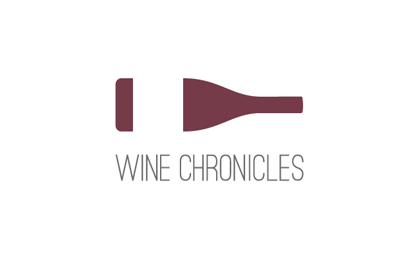 Wine Chronicles
Wine Chronicles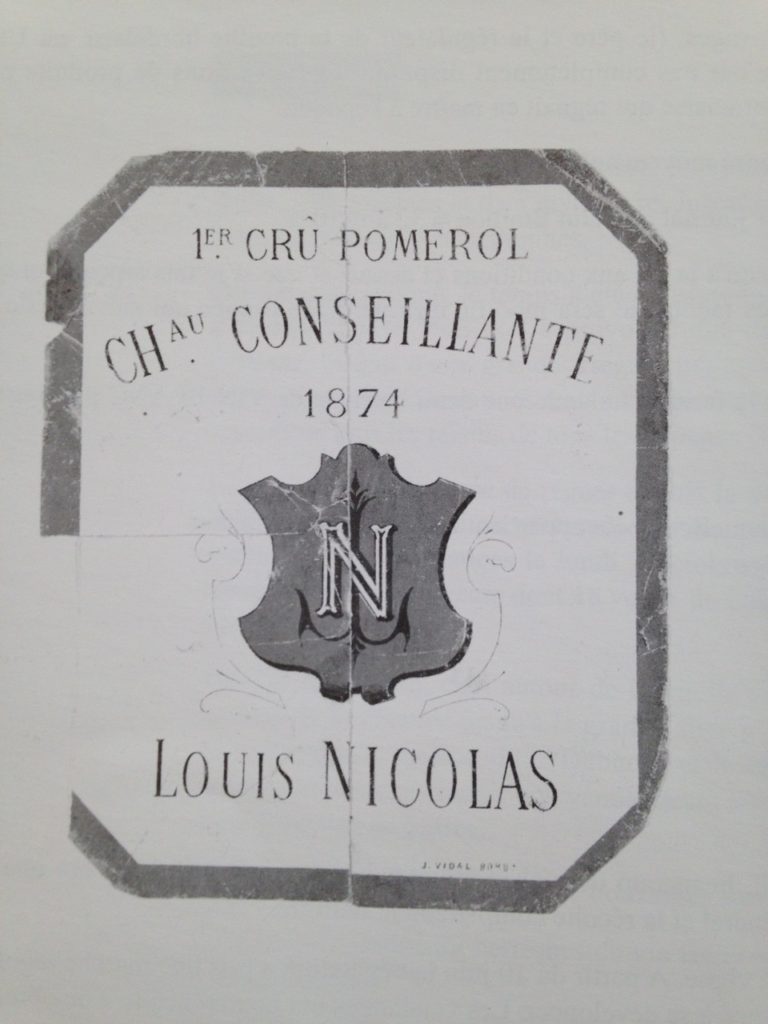
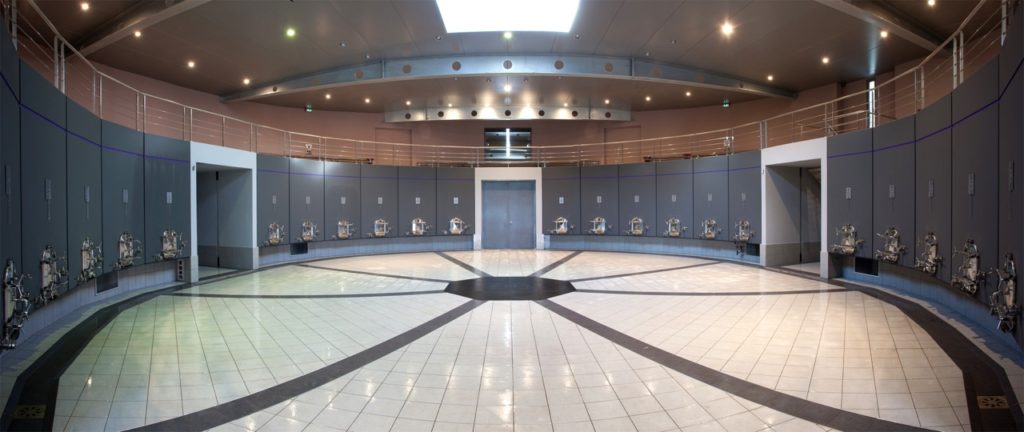
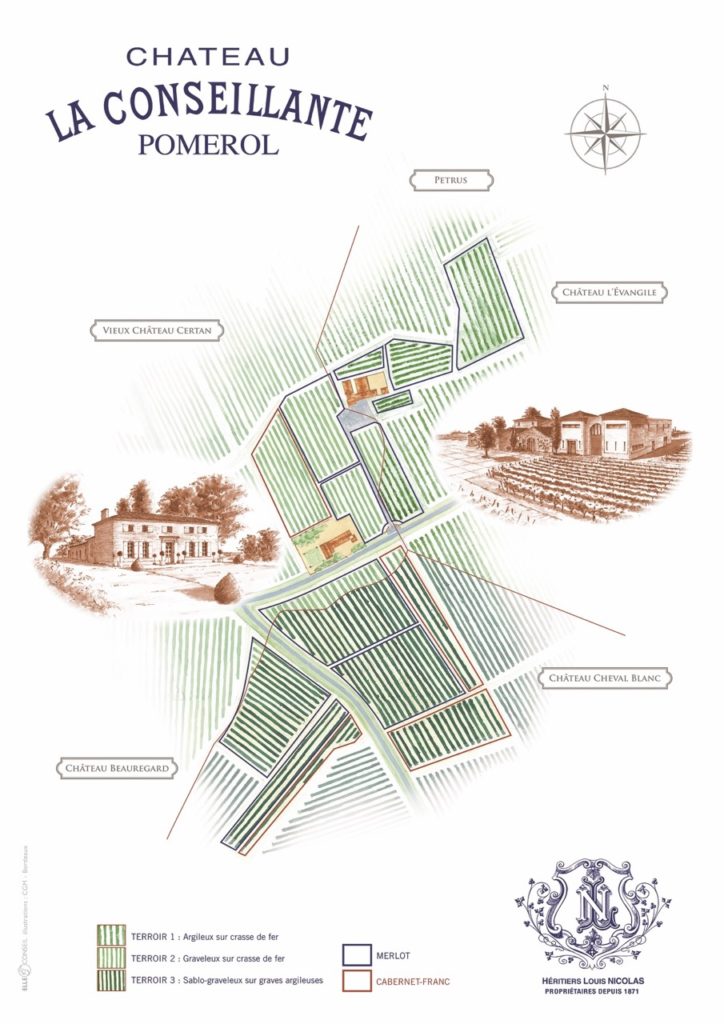
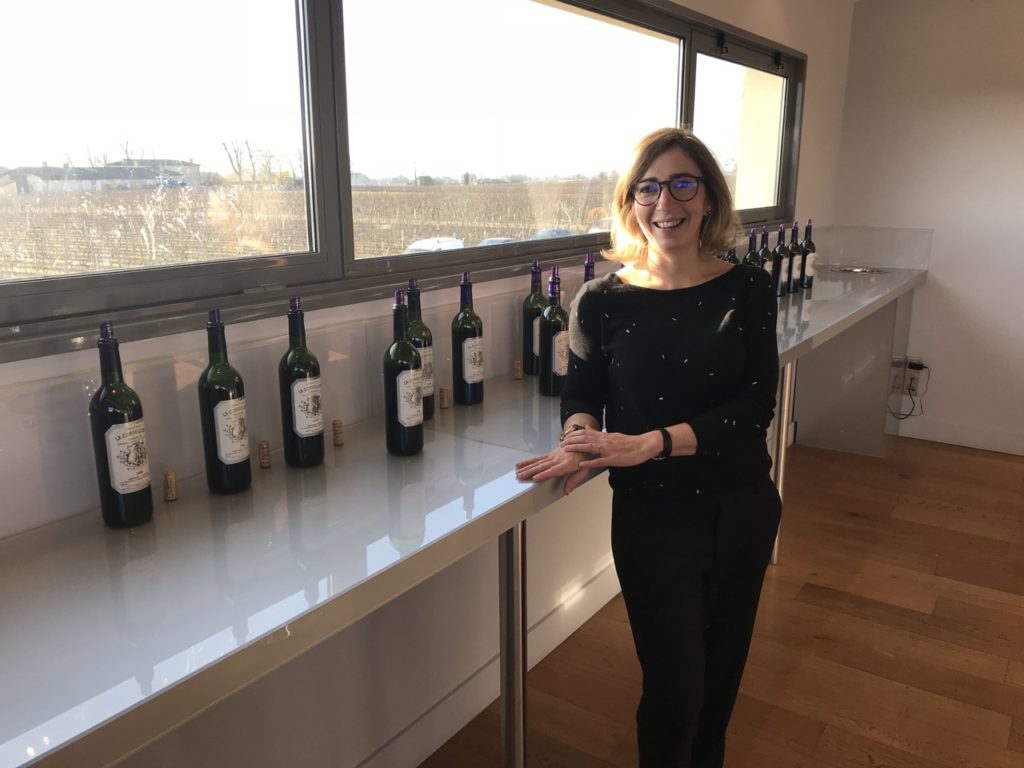
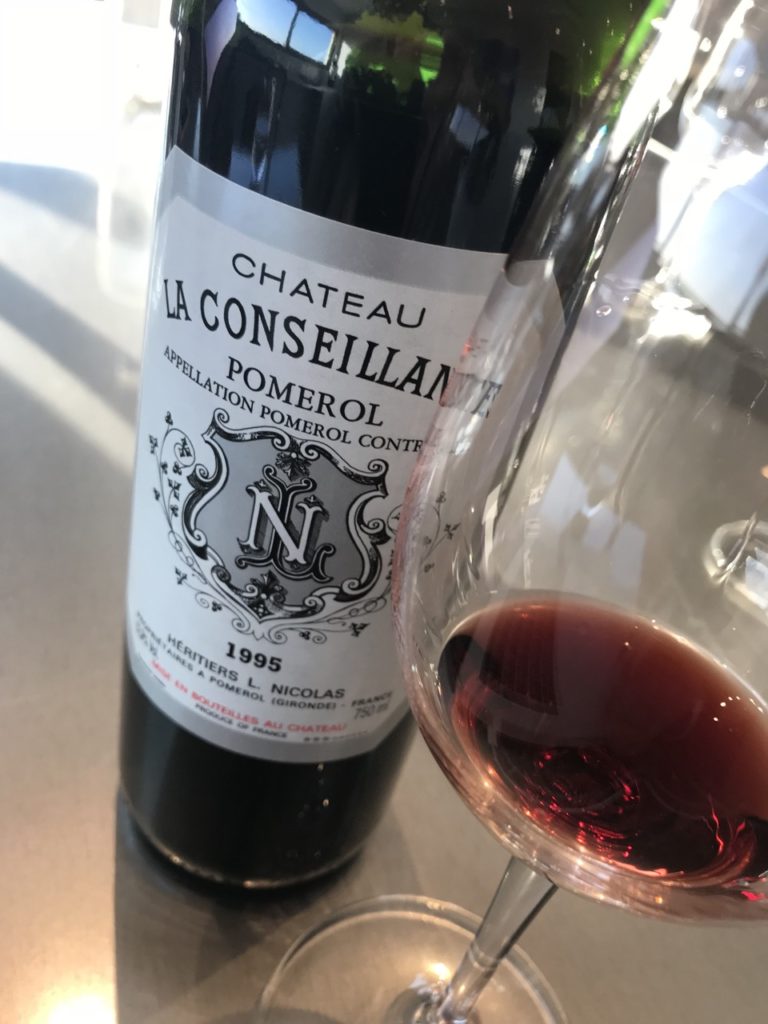
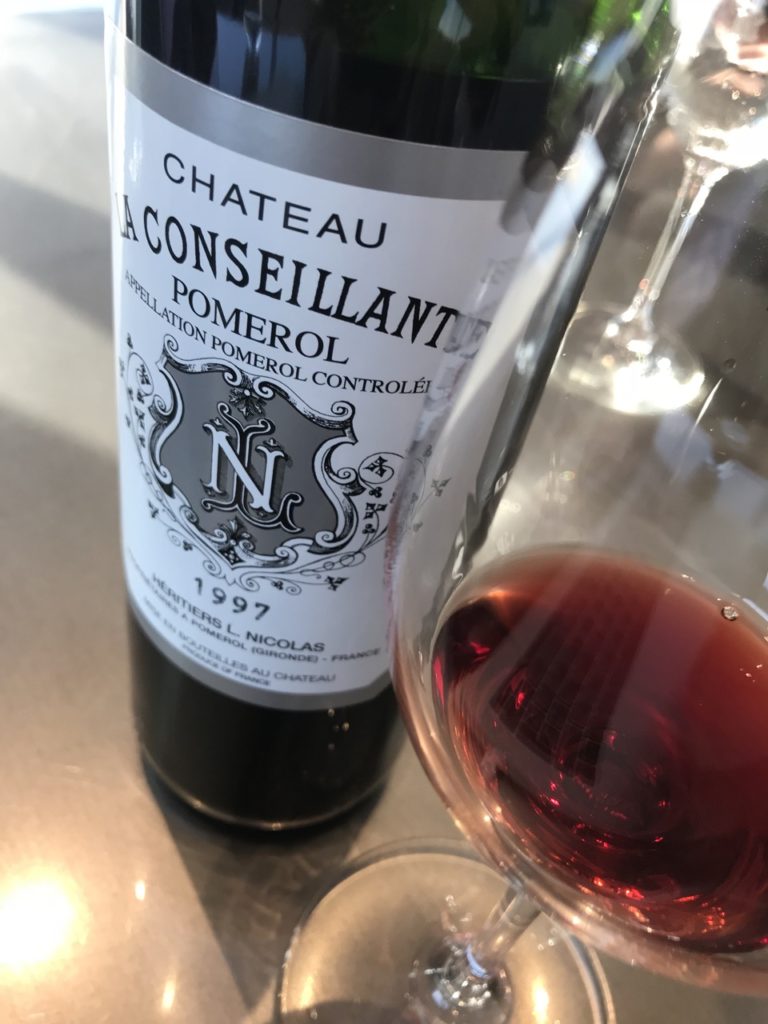
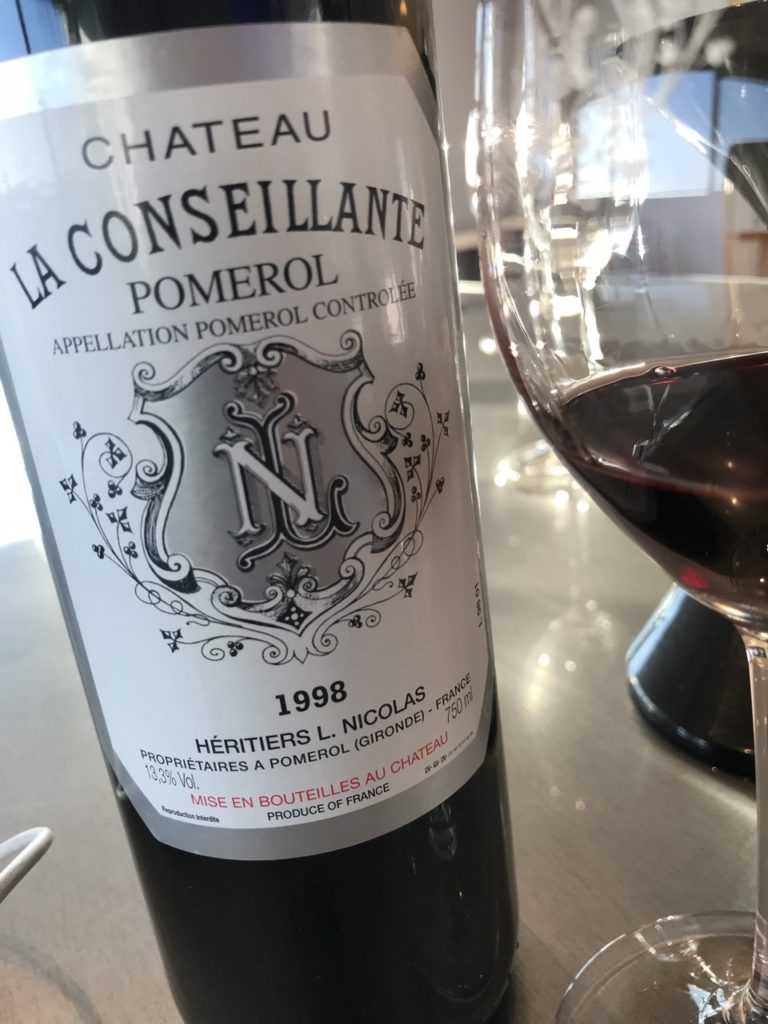
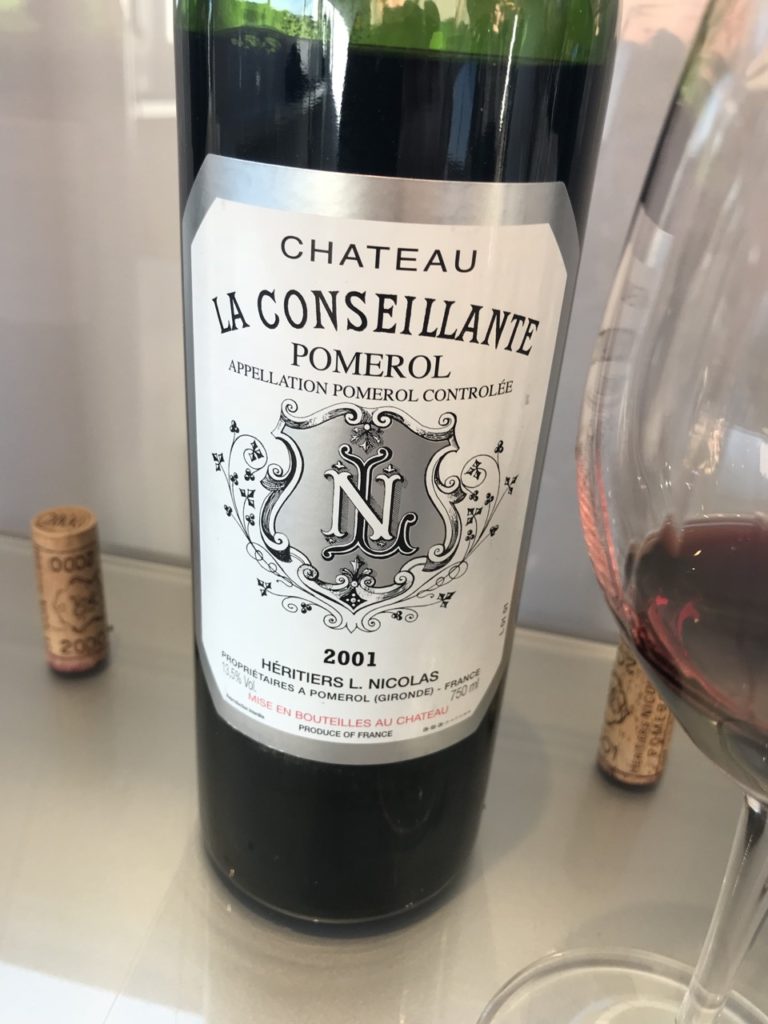
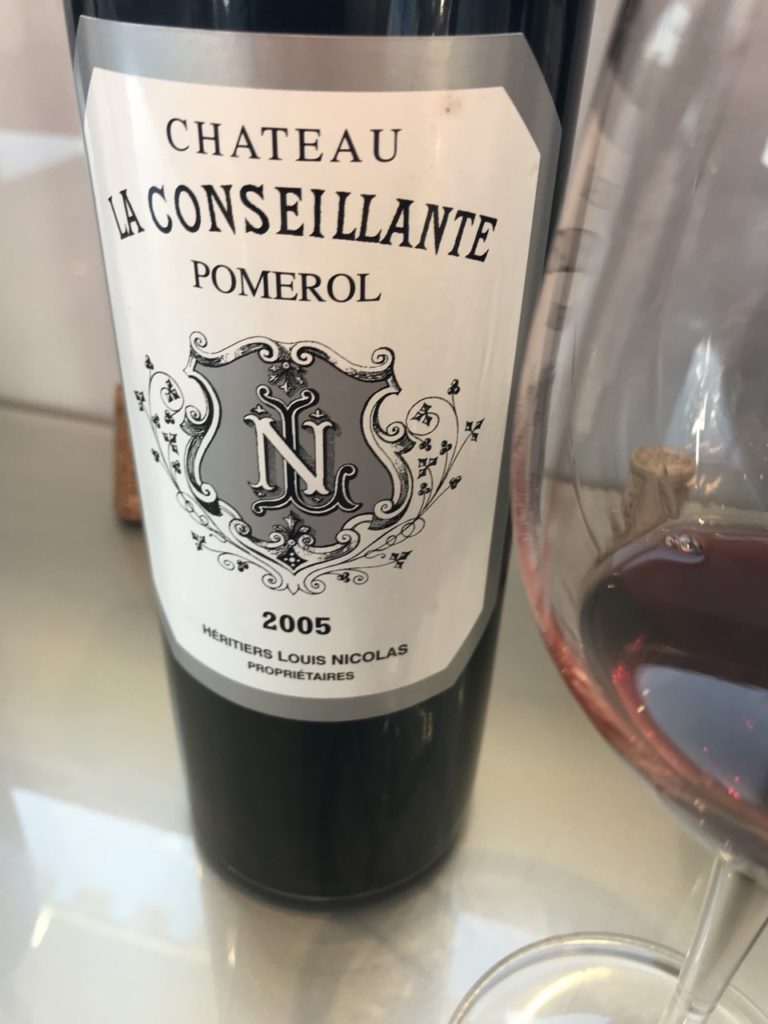
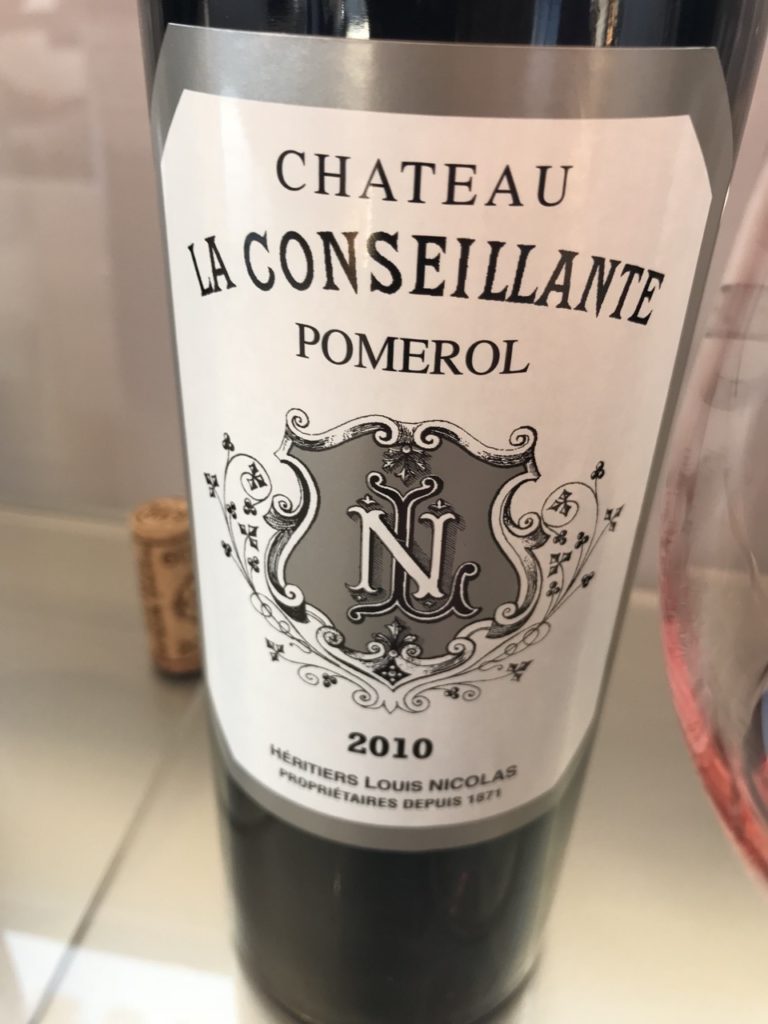
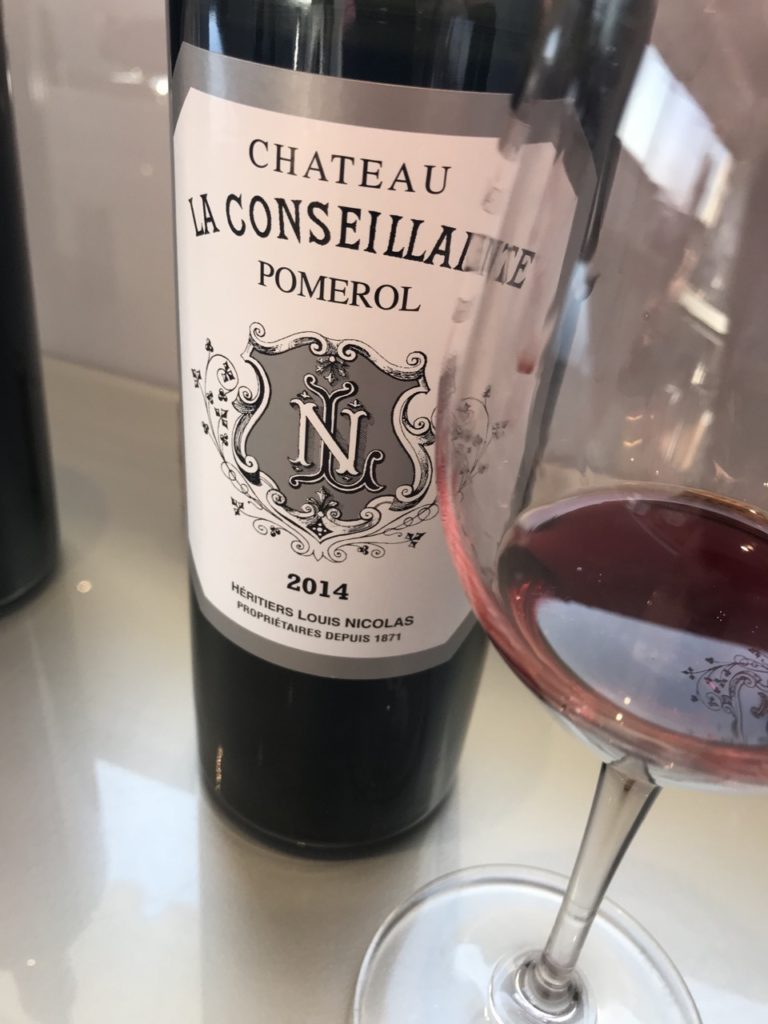
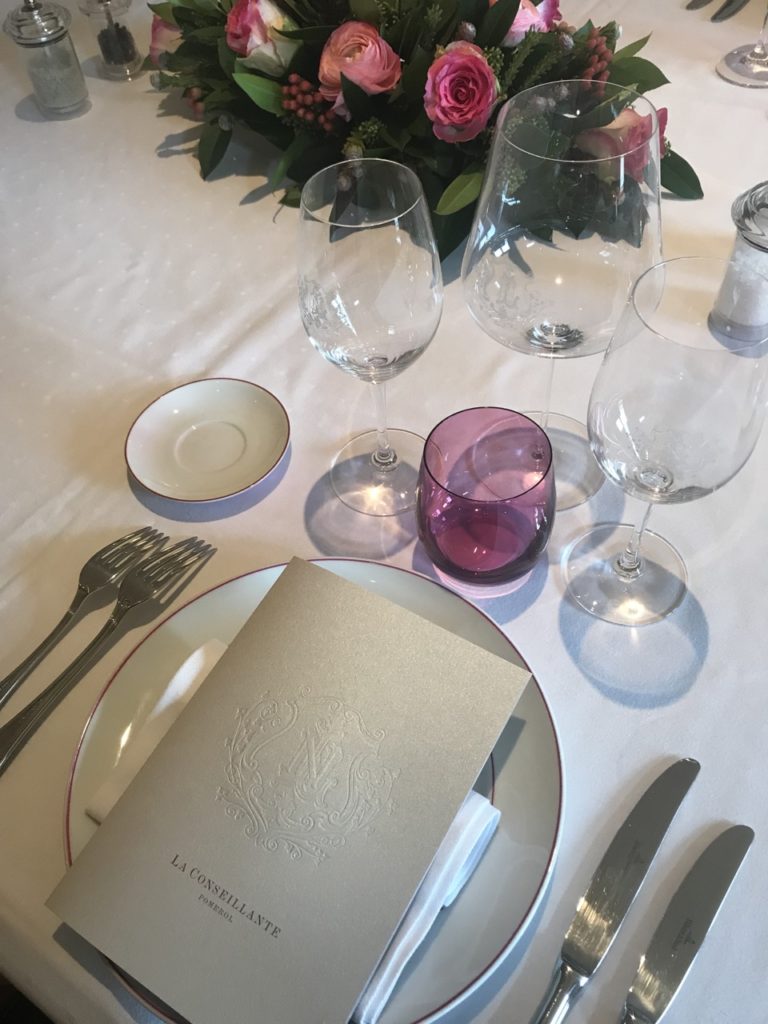
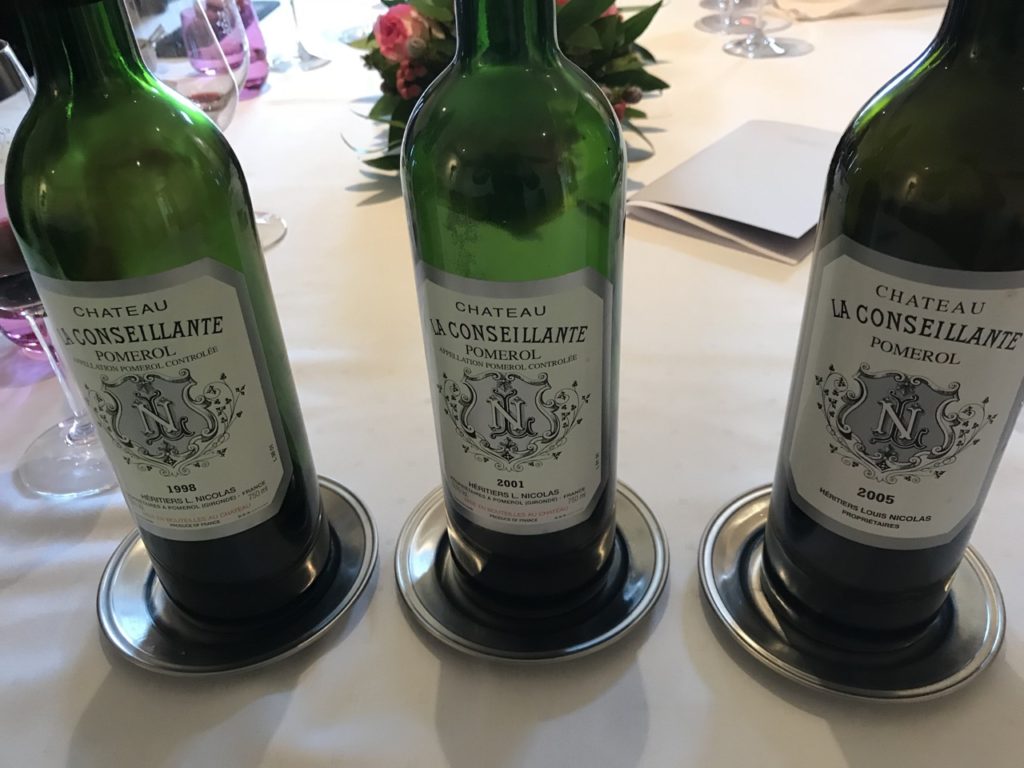
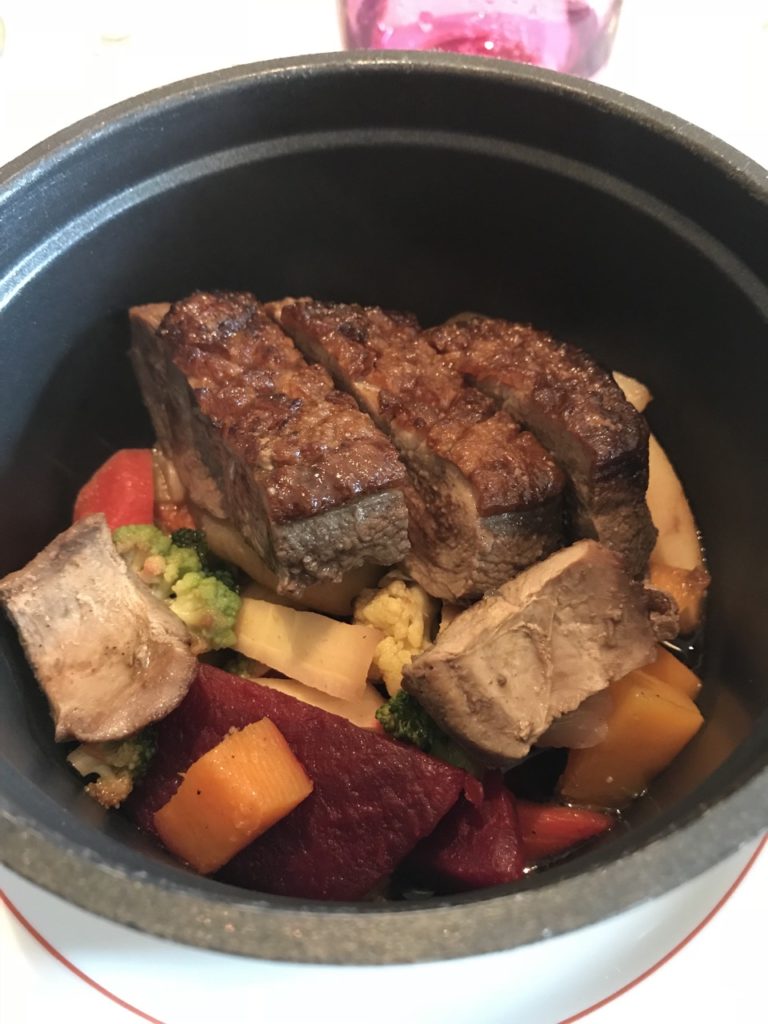
Share This